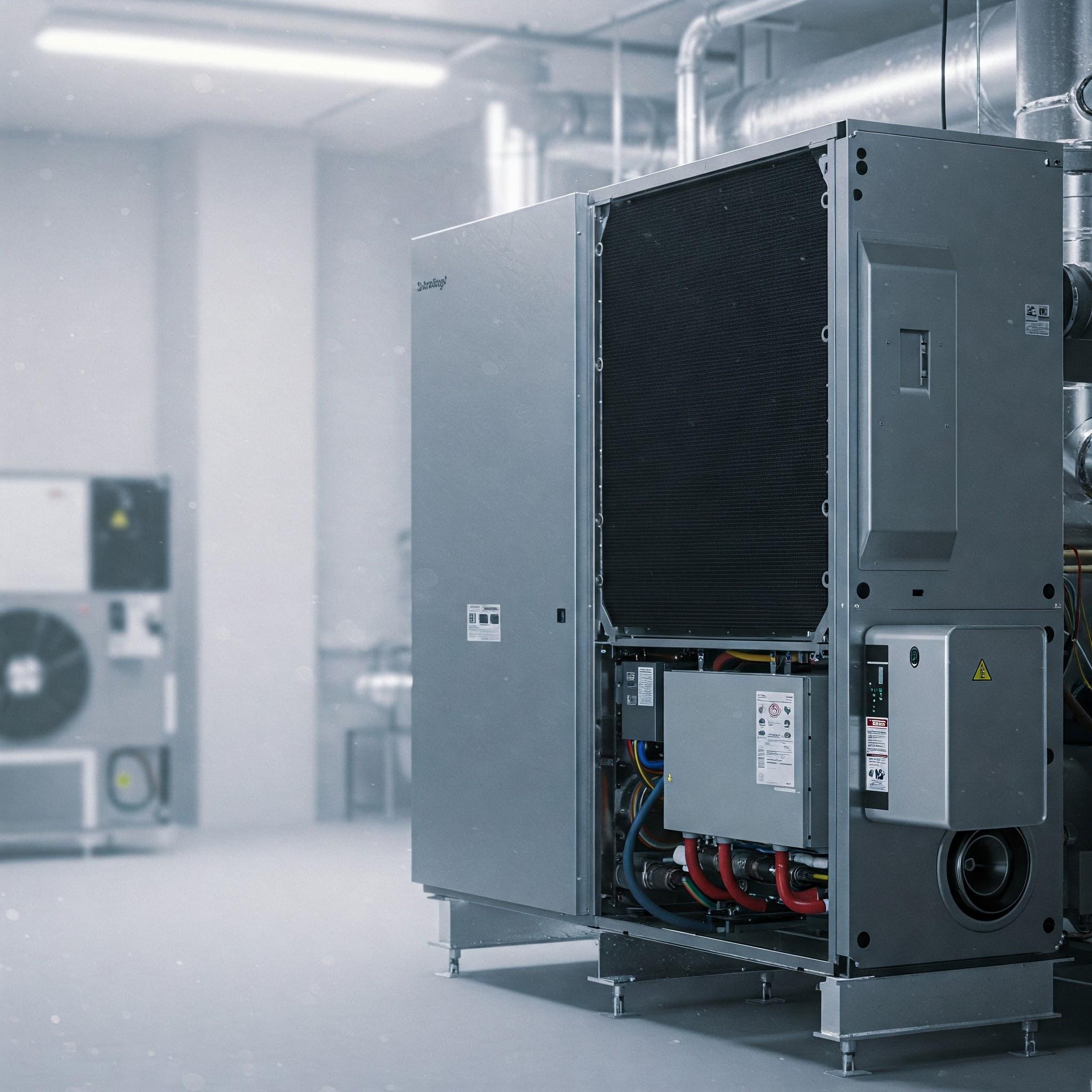How Many Types of HVAC Systems Are There?

Heating, Ventilation, and Air Conditioning (HVAC) systems form the backbone of indoor climate control. Whether for residential, commercial, or industrial use, each type of HVAC system serves a specific purpose. By understanding the various types available, you can choose a system that best aligns with your energy requirements, space constraints, and environmental goals.
Below are the 10 most common types of HVAC systems used today:
1. Split HVAC Systems
Split systems are perhaps the most widely used HVAC configuration. They consist of two main components:
- An outdoor unit, which houses the condenser and compressor
- An indoor unit, which contains the evaporator coil and air handler
These systems can be used for both heating and cooling and are common in homes and small commercial spaces. Furthermore, they provide high efficiency and flexibility in installation.
2. Packaged HVAC Systems
Unlike split systems, packaged HVAC systems contain all the necessary components in a single outdoor cabinet. Typically installed on rooftops or beside buildings, these systems are often used in commercial buildings with limited indoor space. Additionally, they are easier to install and maintain compared to traditional setups.
3. Ductless Mini-Split Systems
As the name suggests, ductless mini-split systems do not require ductwork. Instead, they feature individual indoor units connected to an outdoor compressor via refrigerant lines. Consequently, they are ideal for:
Retrofitting older buildings
Zoning specific rooms
Spaces where ductwork installation is impractical
4. Heat Pump Systems
Heat pumps are versatile, energy-efficient systems capable of both heating and cooling. By reversing the flow of refrigerant, they transfer heat from inside to outside (or vice versa), depending on the season. This dual-function capability makes them a sustainable option for year-round comfort.
5. Variable Refrigerant Flow (VRF) Systems
VRF systems offer advanced temperature control by using variable-speed compressors that adjust refrigerant flow according to demand. Not only do they provide zoned comfort, but they also reduce energy consumption significantly. Thus, they are highly recommended for commercial buildings and upscale residential properties.
6. Chilled Water Systems
Common in large facilities such as hospitals, data centers, and industrial plants, chilled water systems use water as a cooling medium. Chillers lower the temperature of water, which is then circulated through air handlers or fan coil units to cool the air. Although complex, they are efficient for large-scale operations.
7. Boiler Systems
Boiler systems rely on heated water or steam to provide warmth. These are common in both residential and commercial buildings, especially in colder climates. While they primarily serve heating needs, they can be integrated with other HVAC components for comprehensive solutions.
8. Radiant Heating and Cooling Systems
In radiant systems, pipes or panels are installed in walls, floors, or ceilings to radiate heat or absorb warmth. These systems provide even temperature distribution and are known for their energy efficiency. Moreover, they offer a quiet and unobtrusive form of climate control.
9. Geothermal Heat Pump Systems
Geothermal HVAC systems utilize the earth’s stable underground temperatures to heat or cool buildings. Although the initial installation is expensive, these systems offer extremely low operational costs and long-term environmental benefits. Hence, they are an ideal choice for green buildings and eco-conscious homeowners.
10. Evaporative Cooling Systems
Often referred to as swamp coolers, evaporative cooling systems use water evaporation to lower air temperature. These systems are especially effective in arid regions with low humidity. In addition to being cost-effective, they consume significantly less energy than conventional AC systems.
Conclusion
In conclusion, the diversity of HVAC systems allows for a wide range of applications, from compact residential setups to industrial-grade climate control solutions. The right system for your needs depends on factors such as:
Building size
Climate
Energy efficiency goals
Installation budget
By carefully evaluating these criteria, you can select a system that ensures both comfort and sustainability.



